Bat Cave features many giant, uniquely shaped stalactites and stalagmites. Photo: Le Minh Ty
Located about 30km from the center of Ba Thuoc district, a half-hour drive away, Kho Muong village lies deep within the core of the Pu Luong National Nature Reserve. The village has 63 households with 326 inhabitants. Almost completely isolated from the outside world , Kho Muong village retains its original picturesque beauty with its system of caves and fascinating rocky streams. Nature has been incredibly generous in bestowing upon this impoverished land such charming scenery.
On our motorbike, we followed the small road into Kho Muong village. On one side was a sheer cliff, on the other a deep abyss. Welcoming us, the village head, Ha Van Thao, cheerfully boasted: "Bat Cave is much different now than it used to be. Just over a year ago, getting from the village to Bat Cave was extremely difficult. Now, you can rest assured; there's a concrete bridge across the stream, the path up has been improved with natural stone steps, and there's even a railing, so it's very safe."
The deeper you go into the cave, the more the space expands. Vines grow on the rocks, creating a lush, verdant forest. Strangely, each rock nurtures the plants, and the plants "embrace" the rocks, making them warm and vibrant. In addition, stalactites formed from frozen water over millions of years sparkle overhead, adding to the mystical atmosphere.
“Why Bat Cave?” I asked village head Ha Van Thao. He smiled and said, “This place is a kingdom, a home for bats. Thousands of bats choose this cave to live in, partly because it hasn’t been disturbed by humans, and partly because the rocky cave provides suitable conditions for bats to find and thrive. Research by explorers confirms that there are up to four species of bats residing here.”
According to Mr. Ha Van Thao, visitors to Bat Cave experience a unique beauty in each season. While Vietnamese people prefer visiting during the rice harvest season, Western tourists favor the period from October to Tet (Lunar New Year). This is because they can not only explore the cave and walk nearly 2.5km to discover the majestic natural scenery, but also visit the tangerine orchards of Mr. Ngan Van Hien and Mr. Ha Trung Thong; learn about the rituals of the Thai ethnic group, including the traditional drumming and offering of new rice; and enjoy delicious dishes produced and prepared by the locals.
Currently, the village has four homestays owned by the families of Mr. Lo Van Nam, Mr. Ha Dinh Nech, Mr. Ha Van De, and Mr. Luong Trung Tuyen. Mr. Ha Dinh Nech, the first family to engage in tourism in Kho Muong village, said: “To develop tourism, the district sent me to visit and train at various models, learn foreign languages, cooking, and communication skills… Besides that, I raise several hundred chickens and ducks and grow various vegetables… to ensure a supply of food and fresh produce for tourists. On average, my family earns about 300-400 million VND per year from community tourism, providing a stable livelihood and allowing for reinvestment in tourism development.”
“Over the years, leveraging the potential and strengths in developing community-based ecotourism, and recognizing this as a sustainable poverty reduction tool, the locality has continuously promoted tourism, stimulated demand, and invested in some infrastructure... We hope that Bat Cave will be a destination that will entice tourists to stay in Thanh Son in particular and Ba Thuoc in general. The most important wish of the locality is for the State to invest in building a road to Kho Muong village to facilitate tourists' visits…,” said Mr. Nguyen Chi Cong, Chairman of the People's Committee of Thanh Son commune.
Bao Anh
Source: https://baothanhhoa.vn/ky-bi-hang-doi-246300.htm


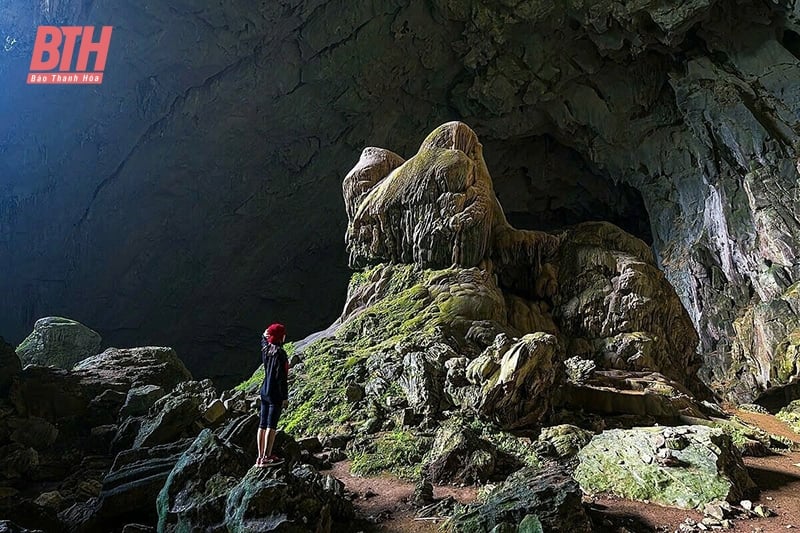

![[Photo] Prime Minister Pham Minh Chinh receives Lao Minister of Education and Sports Thongsalith Mangnormek](/_next/image?url=https%3A%2F%2Fvphoto.vietnam.vn%2Fthumb%2F1200x675%2Fvietnam%2Fresource%2FIMAGE%2F2025%2F12%2F16%2F1765876834721_dsc-7519-jpg.webp&w=3840&q=75)
![[Photo] Prime Minister Pham Minh Chinh receives the Governor of Tochigi Province (Japan)](/_next/image?url=https%3A%2F%2Fvphoto.vietnam.vn%2Fthumb%2F1200x675%2Fvietnam%2Fresource%2FIMAGE%2F2025%2F12%2F16%2F1765892133176_dsc-8082-6425-jpg.webp&w=3840&q=75)
![[Image] Leaked images ahead of the 2025 Community Action Awards gala.](/_next/image?url=https%3A%2F%2Fvphoto.vietnam.vn%2Fthumb%2F1200x675%2Fvietnam%2Fresource%2FIMAGE%2F2025%2F12%2F16%2F1765882828720_ndo_br_thiet-ke-chua-co-ten-45-png.webp&w=3840&q=75)
![[Live] 2025 Community Action Awards Gala](/_next/image?url=https%3A%2F%2Fvphoto.vietnam.vn%2Fthumb%2F1200x675%2Fvietnam%2Fresource%2FIMAGE%2F2025%2F12%2F16%2F1765899631650_ndo_tr_z7334013144784-9f9fe10a6d63584c85aff40f2957c250-jpg.webp&w=3840&q=75)










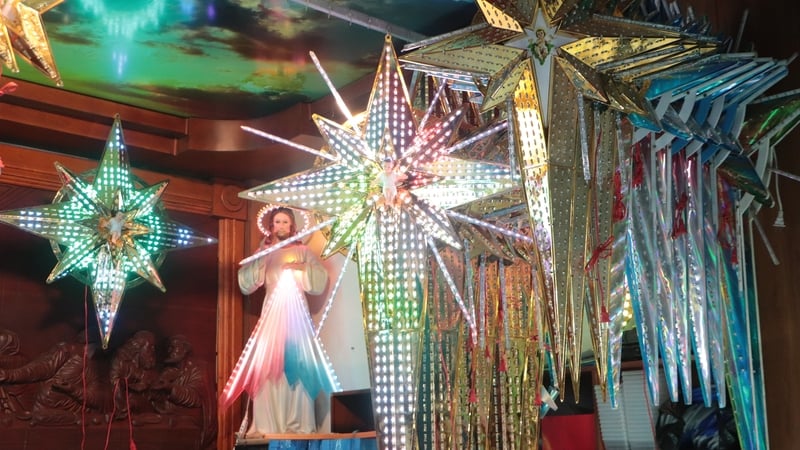
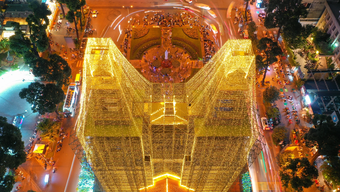

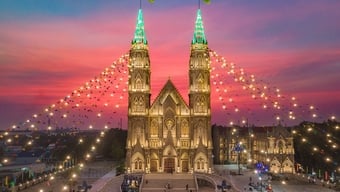







































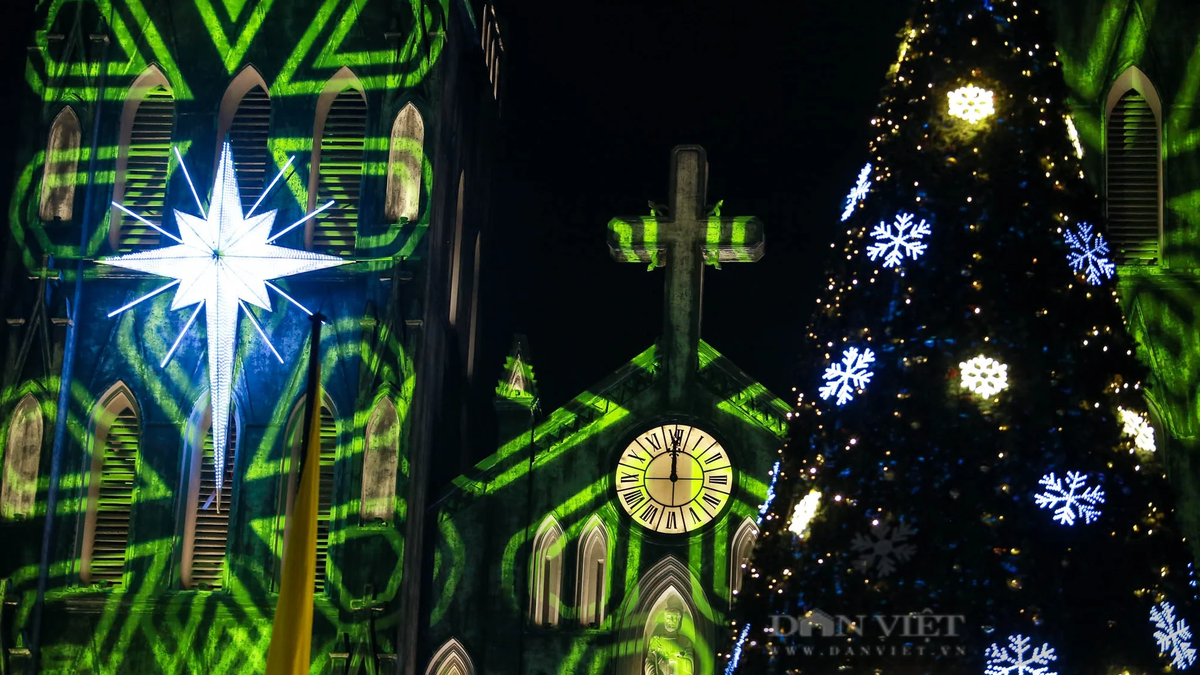




![[Photo] Prime Minister Pham Minh Chinh attends the Vietnam Economic Forum 2025](https://vphoto.vietnam.vn/thumb/402x226/vietnam/resource/IMAGE/2025/12/16/1765893035503_ndo_br_dsc-8043-jpg.webp)




























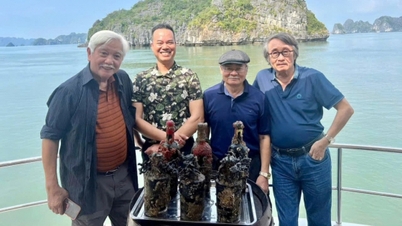





Comment (0)